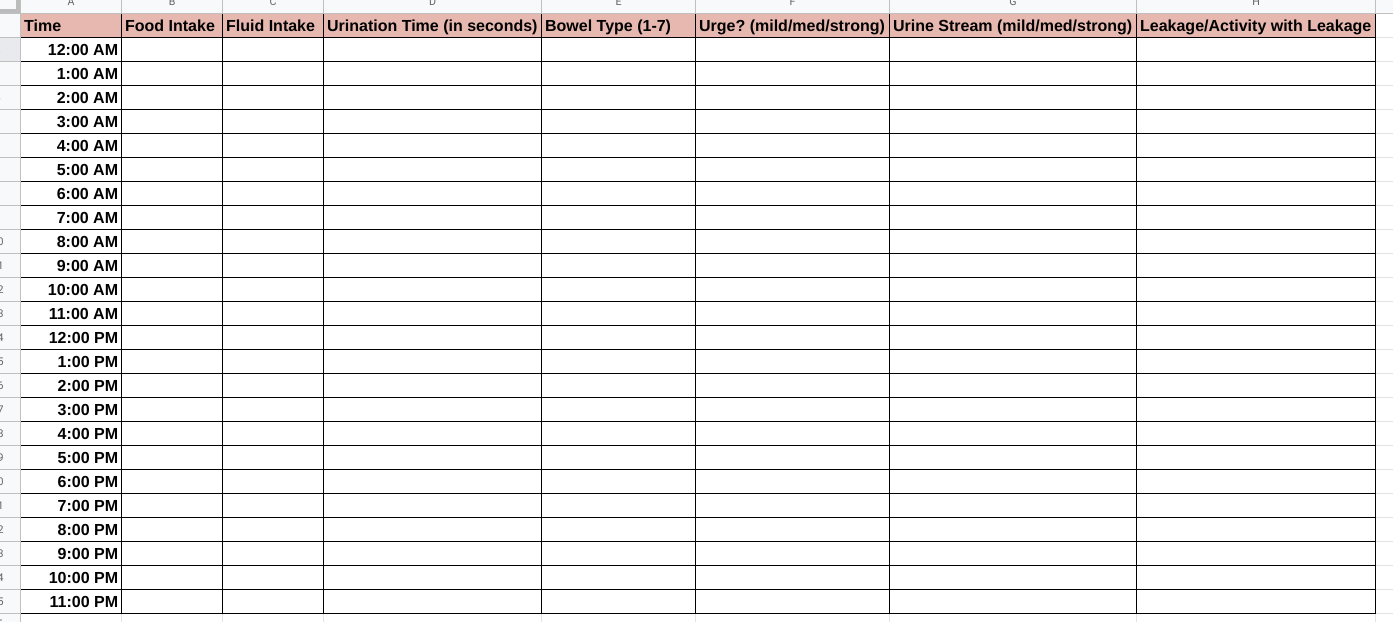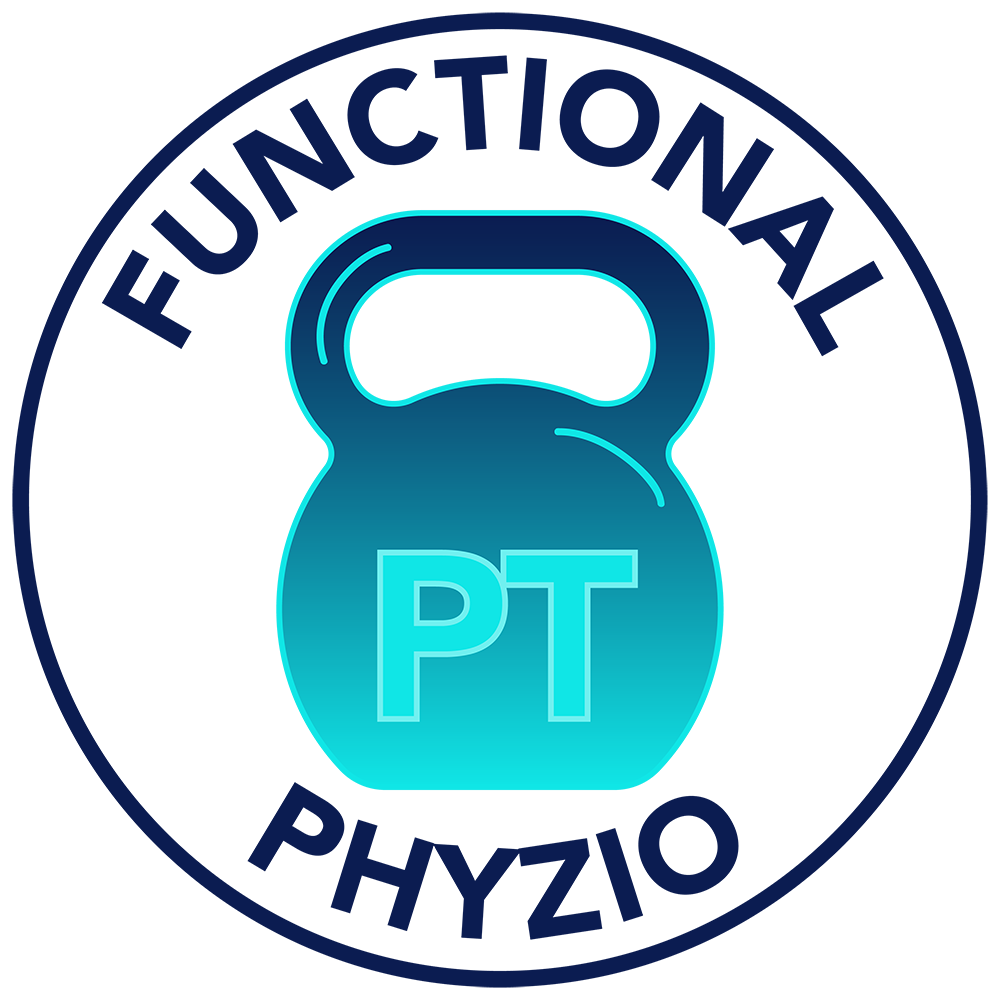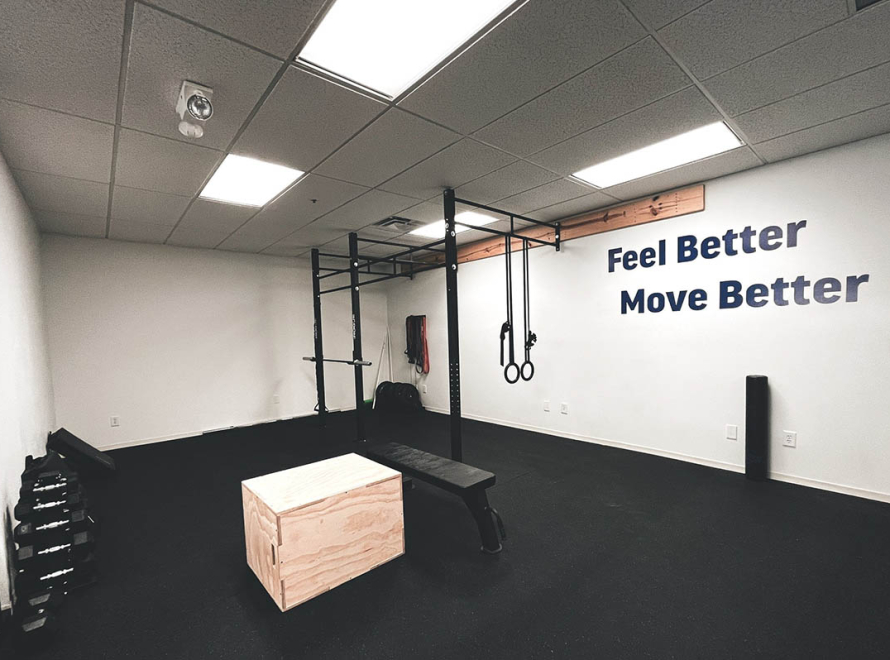Many of our patients come to us because they have issues with their bladder. Whether they leak urine when sneezing or exercising, get hit by a sudden urge to go at inopportune moments, or even just find themselves in the bathroom every half hour regardless of how much they drink, their bladder is just not functioning the way they want it to. This leads to obvious frustrations so resolving these symptoms is usually a main focus of pelvic physical therapy treatment.
A tool that we often use with these patients is called a bladder diary, which is simply a chart where you track your fluid (and solid) input vs. output. I’ll go over what that means in more detail in a moment, but first I want to share why this is so important.
A bladder diary can allow you and your therapist to identify associations between the foods or fluids you’re ingesting and your symptoms. It can also reveal voiding dysfunctions you may not have realized were present (such as urinary frequency or constipation). And it can reveal other important information such as dehydration, or food & drink sensitivities.
Basically, a bladder diary gathers a little bit of information so that we can:
-
Get a baseline of where you’re currently at and
-
Determine potential contributing factors to your symptoms
It can be a very helpful starting point in your journey to overcome your symptoms!
So now that you have an idea of why we use bladder diaries, let’s get into the specifics of what a diary involves. A typical chart has the time listed in rows and multiple columns for you to complete. It can look like this:

Breaking down each column further:
Food intake: This one is pretty self explanatory. You’ll keep track of what you’re eating and when. Since I’m not a dietician, I don’t ask my patients to be super specific. I’m really just looking to see if there’s any food that’s associated with an increase in urinary symptoms. So for me, “cereal with milk” would be fine (rather than “1 cup of corn flakes with 16 oz of whole milk” that you might need to list if diet were our focus).
Fluid intake: Here, I would like my patients to be a bit more specific if able. But I still don’t expect perfection. I just want to know if you are drinking one sip of water vs. one bottle. So if you’re able to record specific ounce or cup amounts, that’s great! Otherwise, you can simply record small, medium, or large to describe your fluid intake. So examples would be “a small glass of orange juice” or “16.9 oz water bottle”.
Urination time (in seconds): Urologists will often give patients a specimen collection pan (or “urine hat”) to put in their toilet in order to measure their exact output of urine. While this is definitely the most precise way of measuring, it can often be cumbersome to carry around so I like to tell my patients to simply count their urine stream (as in “1, 2, 3…”) and then record how long they voided for. I will also make the caveat that you should note here the strength of your stream. So if your time was 10 seconds, was it 10 seconds of a strong flow or 10 seconds of a trickle? Because those are very different!
Bowel Type (1-7): Bowel & bladder health are very connected so even if you think you don’t have any issues with #2, I still encourage my clients to track their bowel movements in their bladder diary. Luckily for us, researchers have come up with a handy chart to quickly classify our poops! Take a look here. You can just list a number 1 to 7 to describe your bowel movement.
Urge?: This refers to that have to go feeling. You can rate this as mild, medium, or strong. Mild would refer to when you don’t really have to go, but do just in case. Strong would be that bursting feeling.
Urine Stream: Think of this as the strength of a faucet. Is it on fully or just a trickle? You can write descriptions like strong or trickle, or can rate as mild, medium, or strong here as well.
Leakage/Activity with Leakage: If you’re experiencing urinary or fecal leakage, be sure to document this and note when your symptoms happen. This can be for a variety of reasons so it can be important to differentiate whether you are leaking only during exercise or if you are just leaking as you are on your way to the bathroom.
That was a TON of information so I hope you don’t feel too overwhelmed! I usually ask my patients to keep this diary for just one to two days. There are also smartphone apps out there that allow you to track these things, but I’m old-fashioned and like to just write things down on a piece of paper. I know keeping a diary can be a bit tedious to go through, but it can really give you so much information so I’d encourage you to commit to completing one, if only for one day. You can download a copy here. And if you have any questions, feel free to reach out!




